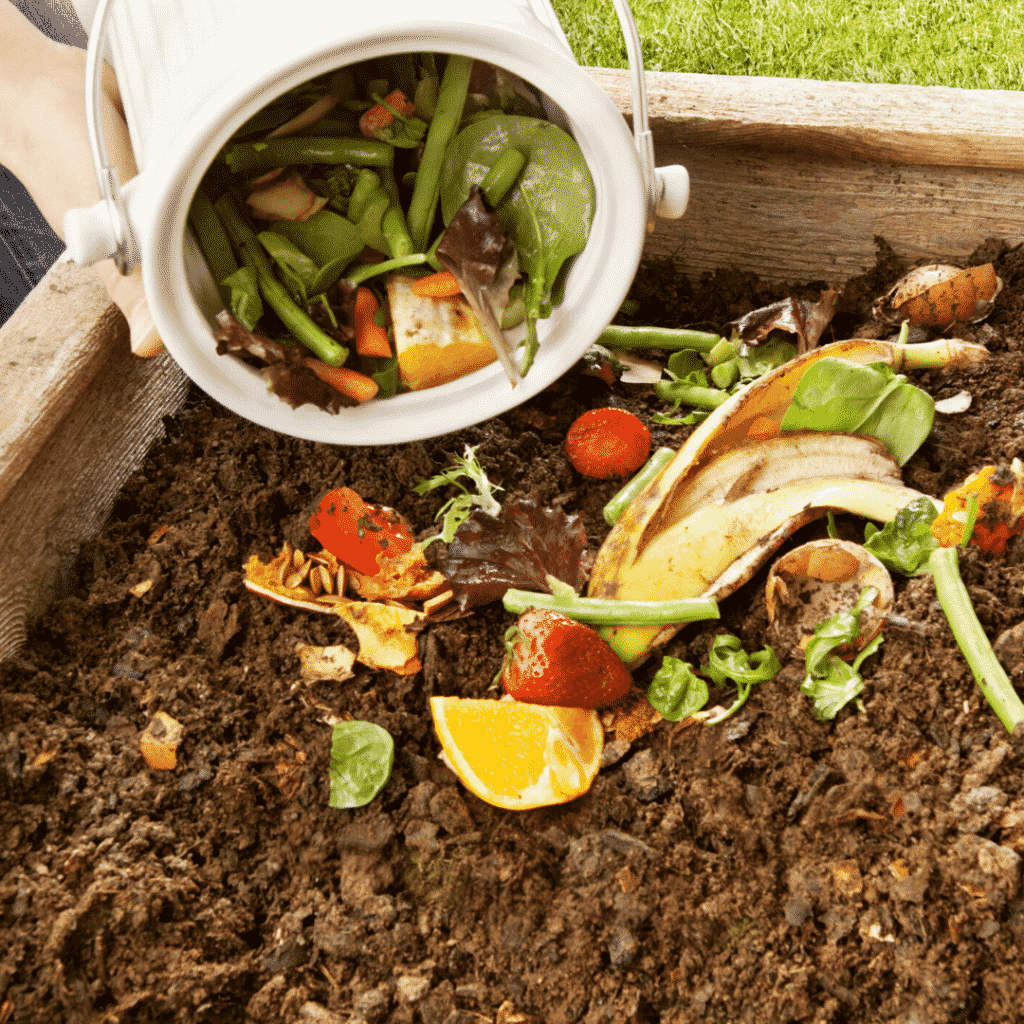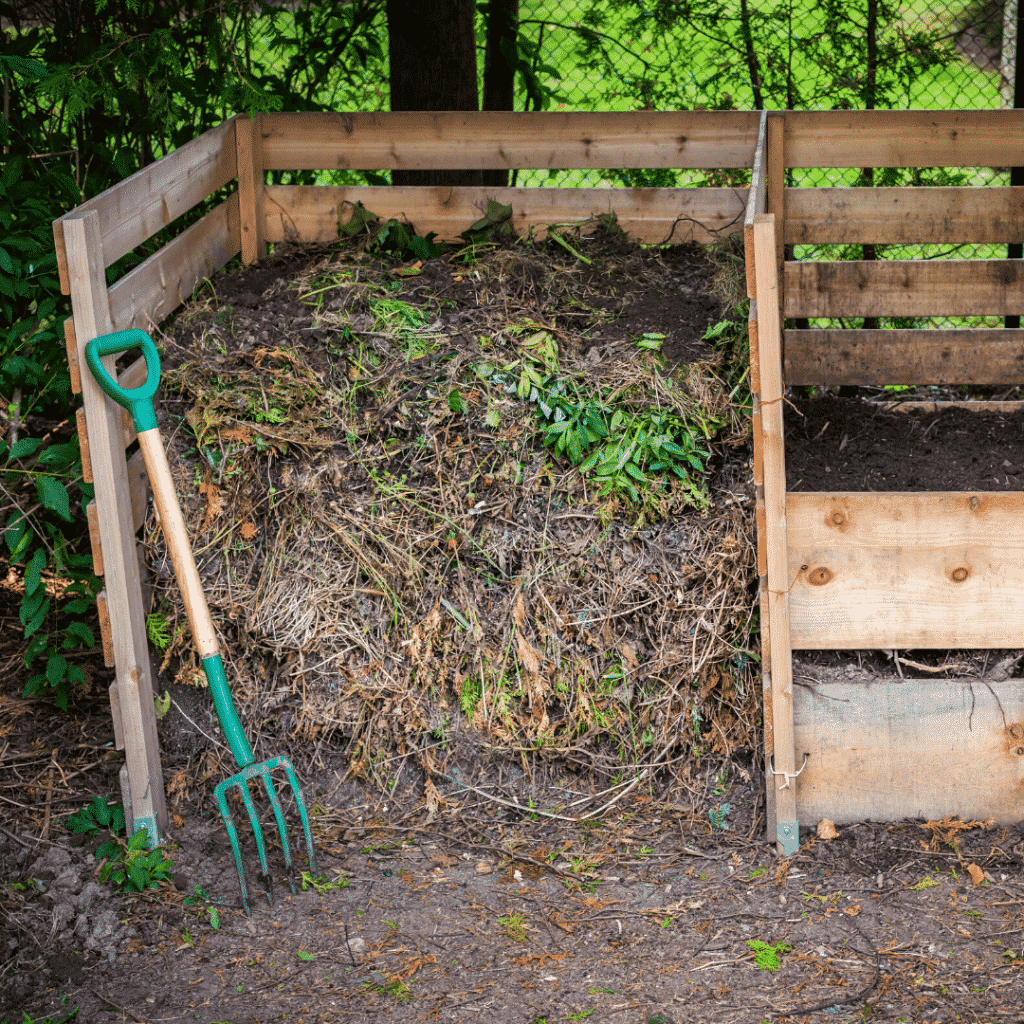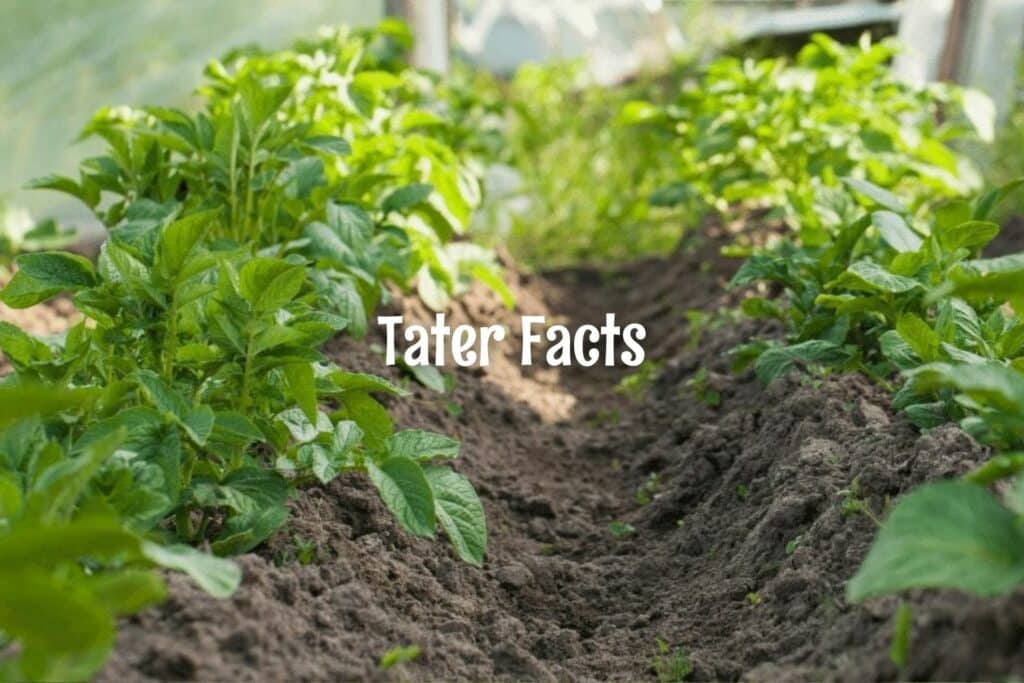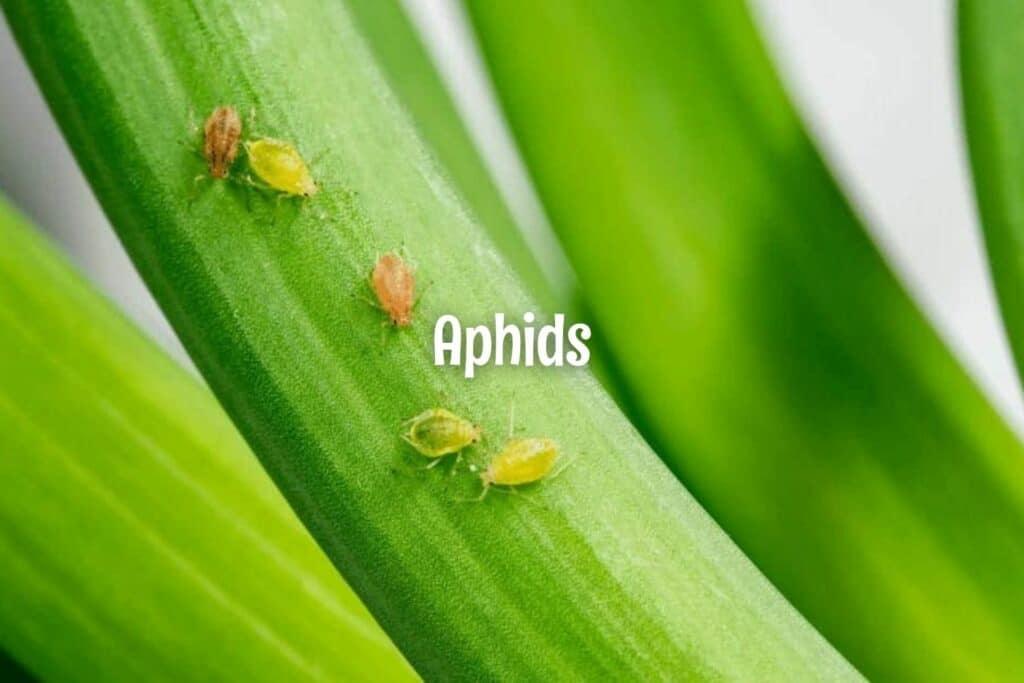
Compost
by Bob Wilson *
The benefits, for both the individual and the community, of composting common organic waste materials are manyfold. Most people produce quantities of grass clippings, garden and yard wastes, or autumn leaves every year. By composting these prime materials, we can mimic nature’s soil-making process in a shorter length of time AND keep them out of the solid waste stream. Garden and lawn soil just keeps on improving with additions of compost, and the time and effort saved in hauling garbage is a considerable bonus.

Saving fruit and vegetable peels, parings, egg shells, coffee grounds, etc. (but never meat, fats, or bones – which not only go rancid but attract animals to the compost pile), makes use of valuable kitchen scraps, while saving on hauled garbage as well. It’s so simple to keep a plastic bucket in the kitchen and toss your carrot tops, egg shells, etc., into it instead of the garbage can. Empty it frequently and you’ll find there’s no smell (as can sometimes happen in an overfull garbage can). Too, you’ll have less garbage to contend with.
A successful compost heap is comprised of the afore-mentioned kitchen scraps, joined by grass clippings, fallen leaves, ashes from your wood-stove, manure, and spent flowers and shrub cuttings – except those which are diseased. Don’t put a virus or harmful insects back into your garden! Make a separate pile, or better yet, burn them. Compost ‘s two vital ingredients for a successful “decay diet” are carbon for energy and nitrogen for building protein. Anything of living origin contains both, but some materials have more carbon than others, and some are higher in nitrogen.
Carbon-rich compost makings are called “Browns” and are generally dry and dull colored – such as straw and dried leaves. Nitrogren-rich “Greens” are visually green or moist and “messy” – manure, kitchen scraps, fresh grass, etc. Do not put meat, grease, fat or cheese in compost and avoid synthetic fabrics or plastic as well.

To produce compost efficiently, decay organisms need their carbon and nitrogen in a certain proportion, known as the C/N (carbon/nitrogen) ratio. If the ratio is too high in carbon, the pile won’t decompose completely. If too low, the pile will lose the extra nitrogen to the air as a gas and smell bad. When the ratio is just right, – 25-30 parts carbon to one part nitrogen – the piles will heat up nicely and “cook” to yield rich compost.
A list of Browns and Greens follows:
High-carbon Browns: Dry leaves, weeds, cover crops, straw, hay, chopped cornstalks and corncobs, aged sawdust, nutshells, paper (moderate amounts, preferably shredded), pine needles, vegetable stalks and seeds.
High-nitrogen Greens:
Vegetables scraps, fruit scraps, coffee grounds, tea bags, fresh grass clippings, fresh leaves, weeds, green manure crops, hair (pet and human), milk, manure (cow, fowl, horse, sheep; NOT cat or dog droppings), seaweed.
To pattern your compost for your particular soil, test your soil for shortages of nutrients and select from the following list of organic fertilizer possibilities.
Nitrogen: Cottonseed meal, dried blood, hair and feathers, brewery wastes, peanut shells;
Phosphoric acid: Rock phosphate, bonemeal, apple and citrus wastes, dried blood, wood ashes, fish;
Potash: Granite dust, greensand, wood ashes, garbage, hay and leaves, melon rinds.
Don’t forget the valuable product from your wood stove – the wood ashes. They are a valuable source of potash. Just remember that ashes are very alkaline, and so have the same effect as spreading lime on your soil. When using in a compost heap, sprinkle evenly and use sparingly.
Each time you add to the compost pile, turn it in and under well, and turn it occasionally with a hay or spading fork even when not adding anything. Too, water it once in a while if rain isn’t adequate. You’ll be ultimately rewarded with a wonderful loamy, black, rich and crumbly mixture which you can spade into your garden to enrich the soil.
You can spade the compost into newly-prepared beds or in the rows between growing crops, which when finished, will be harvested and the remains tossed onto the new compost pile. Next year, plant in the augmented rows. Each fall, spread your compost on the growing grounds, or till in if you wish. And during fall planting, be sure to toss a shovelful of compost into the planting holes. Over a couple of years, your garden soil will become darker, easier to work and faster to warm in the spring. You will begin to see more earthworms and the soil will need less watering and develop a crumbly texture, that augmented each year will reward you with crops galore for many years.
* Originally published 7/15/01 in the Bonner County Daily Bee. Bob Wilson has retired since this article was written.







Responses